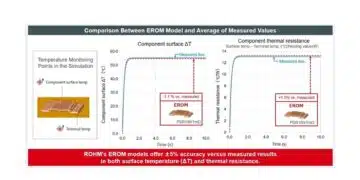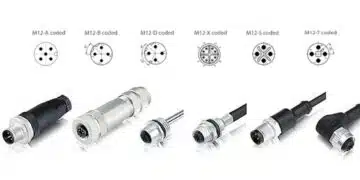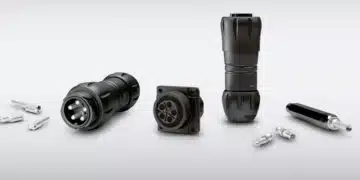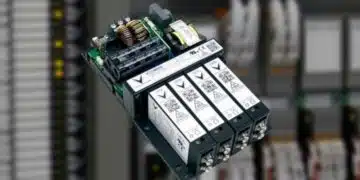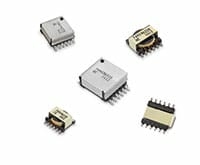source: Würth Elektronik eiSos news
Waldenburg (Germany), 14 September 2017 – Würth Elektronik eiSos, one of the leading manufacturers of electronic and electromechanical components, presents a new line of transformers for SMT assembly – WE-FLEX HV (Flexible Transformer High Voltage).
Like the WE-FLEX series of transformers, these excel because of their flexible capabilities in various applications making them ideally suited for fast prototyping. Different circuit configurations enable over 375 transformer solutions and around 125 choke solutions with WE-FLEX HV.
Applications include flyback converters, forward converters, push-pull converters, step-up and step-down converters or single-ended primary-inductor converters (SEPIC). With their isolation voltage of 1.5 kVAC, these transformers are currently unrivaled on the market. The newly developed MnZn core material reduces core losses by up to 30 percent as compared with classical products and makes the new SMD transformer an attractive solution for all types of isolated DC-DC converters in industrial and telecommunications applications. WE-FLEX HV is available in four sizes, each with five different air gap lengths.
The working temperature is specified as -40°C to +125°C. Given suitable circuitry, the large package types of the series have a basic isolation for working voltages up to 250VRMS.
Free samples from the new SMD transformer series are now available. WE-FLEX HV is now available from stock.






